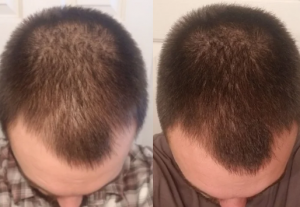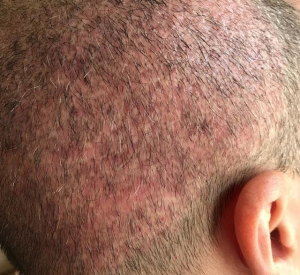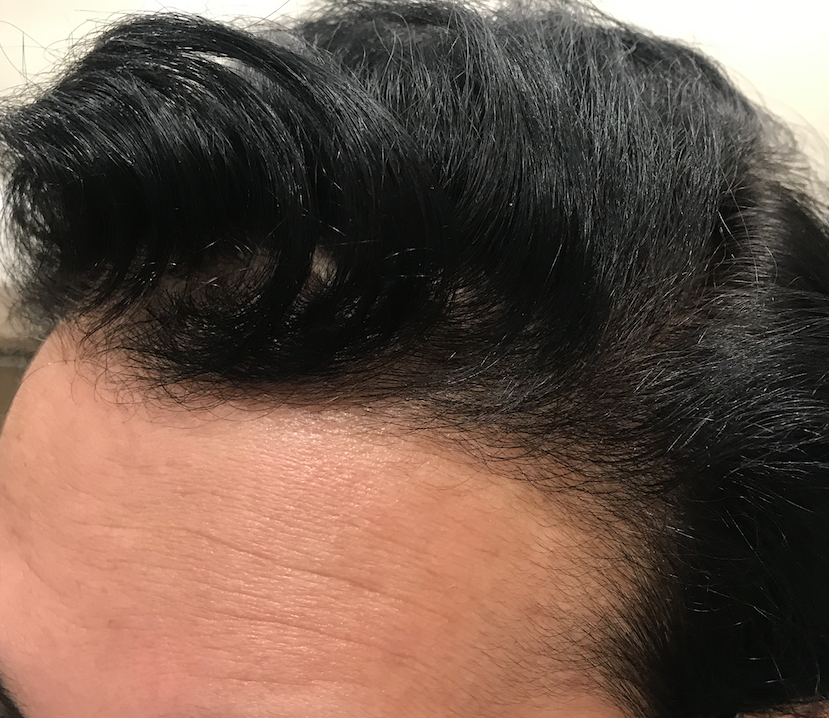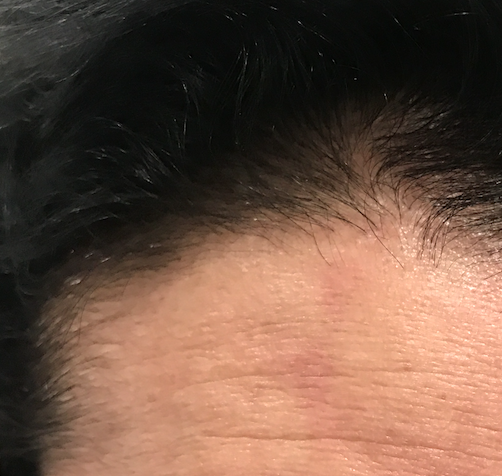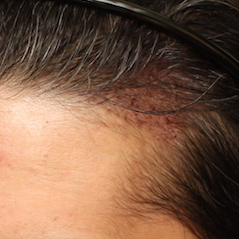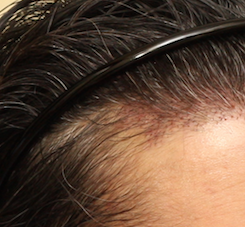I am surprised at this report, but considering that it is from a prestigious journal, the Journal of Plastic Surgery, the report seems to have merit. I would like to see a larger group for better statistical analysis
https://www.ncbi.nlm.nih.gov/pmc/articles/PMC4740347/
I always tell my patients that the risk of sexual dysfunction or loss of libido was between 2-4% but this article suggests that these side effects were not seen in their study of over 600 men from all age groups. This suggests a strong psychological impact that could be the cause of the sexual complaints reporting “there is evidence of a nocebo effect (an adverse side-effect that is not a direct result of the specific pharmacological action of the drug)“. The link below is a copy of the article which should be read by our audience. The main thrust of the article, however, was that “recent research … suggests that men with alopecia may be inherently more susceptible to sexual dysfunction regardless of treatment and that sexual dysfunction is not uncommon in the general population regardless of alopecia status.” I personally know the first author, Dr. Robert Haber and he is an honest and diligent clinician who I trust.
https://onlinelibrary.wiley.com/doi/epdf/10.1111/jdv.15548?author_access_token=D24c_h79HLymV8uMhMZjRIta6bR2k8jH0KrdpFOxC64P8g8jjA3oxKEtIH6uG2i3wzguPsCnGEXe1jO-tZhF84ZrGEXnIpW-Wt9_oexeaNFlCp1ZbNfymVRdrP5xtRuy&
This article shows the Effect of Platelet-Rich Plasma in Hair Regrowth: A Randomized Placebo-Controlled Trial. This is an impressive study and it will make me rethink my approach to PRP.
https://www.ncbi.nlm.nih.gov/pmc/articles/PMC4622412/
I was told that transplanted hair is placed into a hormone sensitive area (area from hair line over the top of the head till small part at the back). What are the chances (approx. in percent if possible) of losing the transplanted hair? how many patients are satisfied with the result 5-10 years post FUE transplatation?
I have been doing hair transplants for 27 years and have seen patient I did 25+ years ago with their results as good as it was 25 years ago. A few patients will lose their transplanted hair between 5-30 years later, but that is less than 5% of patients?. I have seen many of my patients 5-20 years from their transplants and their new hair largely remained.
I am nearly 30 and have had diffuse loss at some point in my frontal third over the past decade. All in all though, it hasn’t really changed in years. It’s thinner than in my adolescence, but doesn’t really seem to be progressing much?
In men with genetic hair loss, the hair loss associated with male patterned balding is always progressive. albeit slowly at times as you get older and older. At 30, with stability, you may find yourself in that ‘slow loss’ period I mentioned.
You can reduce the dost a bit, like one pill every other day which will give you 80% the value.
I mean, they’re not really wrong. The only way to stop balding is to never go through puberty. Futhermore, hair loss happens with age, as we slowly slink towards the grave. Minoxidil is a growth stimulant that doesn’t address the mechanisms for why we bald, it simply provides a cosmetic effect, which is what most people care about. Finasteride helps reduce the amount of DHT below a certain threshold that would cause hair loss otherwise, but as you age, the body may become more sensitive to DHT. These both work, and most people are happy enough to go on them, but we’re still balding. Some people have wonderful, Disneyland results, but they’re still losing their hair, and it would go as quickly as it came if they were to cease treatment. It sounds like your derm is just managing your expectations, as we do here; It’s easier to keep what you have than gain anything back.
I always say that when you are 17-18, something happens and the hair loss starts like the gate of a race track. We know that there is a process called Apoptosis (cell death) which occurs with hair follicles that are genetically programmed to shut down. Each hair follicle has a number of cycles that they will have before ‘dying’ and as the typical male has a 3 year growth cycle, if the hair is destined to not come back after 6 cycles, that is 18 years, 7 cycles is 21 years, 8 cycles is 24 years. We see much of the hair loss in those under 24, so it appears that 8 cycles is a magic number. Finasteride, extends the anagen (growth) phase in hair so these loss cycles slow down while on the drug.
This is a 44 year old male who had a juvenile hairline in 2010 when he came in as the corners were eroding. He didn’t like that and although I rarely will transplant these corners, I did on him because he was 36 and still had his juvenile hairline. Today he came in with a complaint of some increasing hair loss on his right side just outside the area that was transplanted in 2010 which shows nicely on the first photo. The left side has held nicely since that 2010 surgery.
I performed a HAIRCHECK test on him which showed that his hair population is now 80% of what it was 8 years ago, so he is losing hair in the first 3 inches of his hairline (what I call the frontal area). He has been on Avodart since 2010 and this recent hairloss, has occurred while he was on this drug. He wants his juvenile hairline back with its tight look. I agreed to do this and also recommended that he address the 20% thinning in the frontal 3 inches with Scalp Micropigmentation. The pictures below show what was done on the day of the surgery.
I started taking FIN one year ago. Within a few days I noticed my semen was basically the consistency of water. I read that it tends to go back to normal after a while, but that hasn’t been the case for me. I haven’t noticed an improvement in my hair, although it doesn’t seem to have gotten much worse either, so maybe that’s good and i’d have less hair if i’d never touched fin? who knows. I’m curious about the semen thing, though. Anyone else had water semen the whole time they’ve been on it? Will it go back to normal if I decide to quit fin at some point? Are there any health/fertility implications to this watery semen?
Water semen is a common side effect of finasteride. You are still capable of getting someone pregnant with it so be careful still. If you stopped the finasteride, your semen would return to its normal consistency in a month or two
Hey! I’m (just turning) 20 years old and after lots of deliberation, have decided to start using finasteride. However for my own ease and peace of mind, I’ve decided I want to start by tapering up on finasteride, and track my progress to find the minimum DHT block necessary to maintain my hair (my recession isn’t objectively that bad, but I’ve recently started receding and thinning again, so I want to maintain it here). I’ve noticed that there are more than a few people who’ve decided to dissolve finasteride in alcohol but I’d like to know if there’s any disadvantage to grinding finasteride into fine powder and using empty gelatin capsules to store them and take them?
That makes no sense. If you want to gradually increase the dose, you can start off taking one pill a week, then increase it to two, then three, then four until you get to one a day. To see value, finasteride takes almost a year for 80% of the results to show up. Doing what you are suggesting may make the medication have no value.
Yes. Many people with DUPA present with hairline recession or crown loss often with a typical Norwood Pattern of hair loss.
https://www.gq-magazine.co.uk/article/male-hair-transplant-uk-cost
Page 285 of 635

